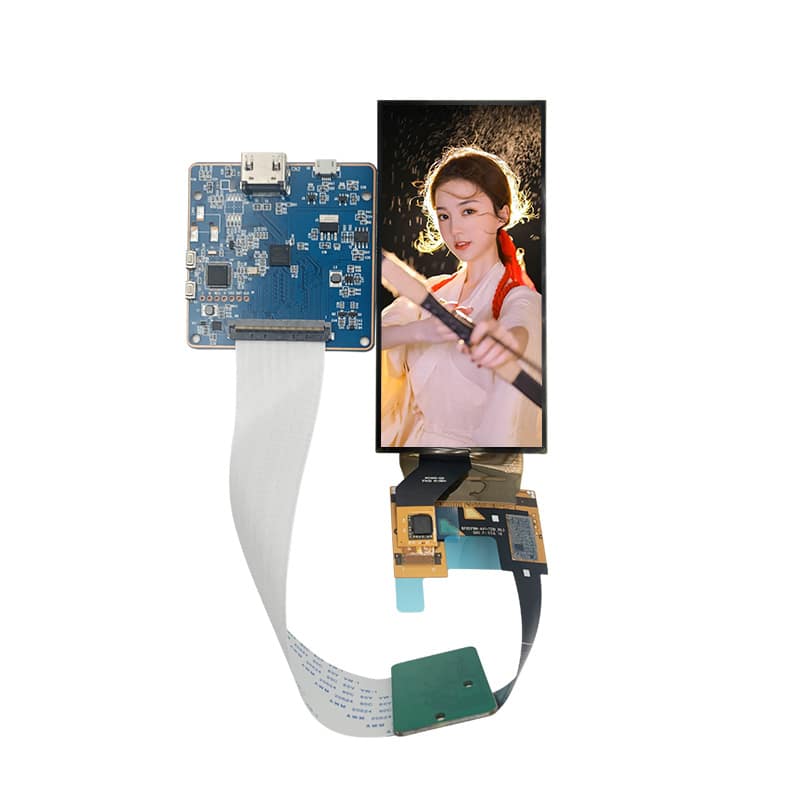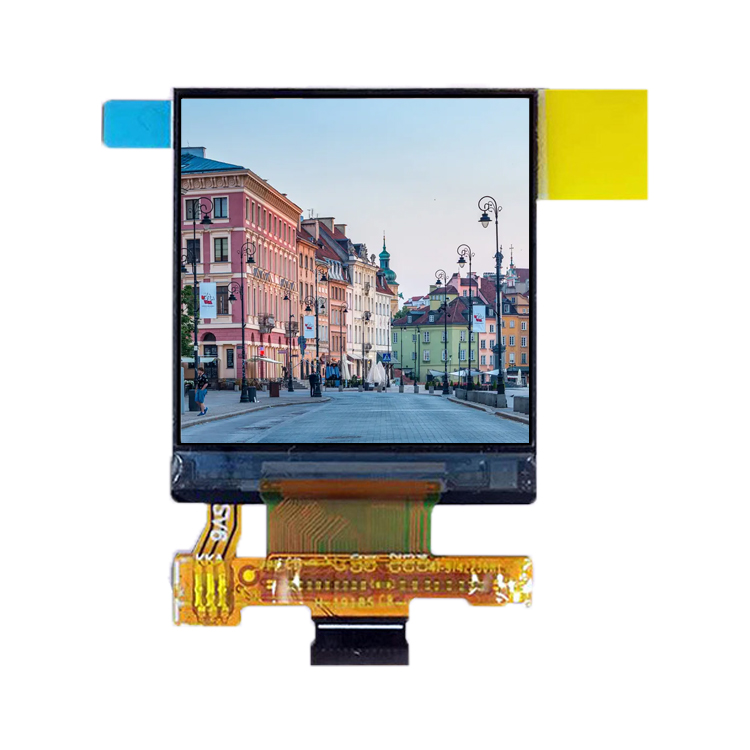LCD Modules SPI: Unlocking the Potential of High-Speed Communication
In today’s digital landscape, displays have become an integral part of various devices, from smartphones to industrial automation systems. One of the most widely used technologies for driving LCD modules is the Serial Peripheral Interface (SPI), which offers efficient and flexible communication between the controller and the display. In this article, we will delve into the world of LCD modules using SPI, focusing on the advantages, implementation, and the role of the Chancedisplay brand in the industry.
**Understanding SPI: The Foundation of LCD Communication**

SPI, short for Serial Peripheral Interface, is a synchronous serial communication protocol that was initially designed for connecting peripherals like memory chips to a microcontroller. It operates on a four-wire interface: MISO (Master In, Slave Out), MOSI (Master Out, Slave In), SCK (Serial Clock), and SS (Chip Select). This protocol allows for high-speed data transfer with reduced complexity, making it a popular choice for integrating LCD modules.
**Why Choose SPI for LCD Modules?**
1. **Reduced Wire Count**: Compared to other interfaces like I2C or parallel, SPI requires fewer wires, which saves space and simplifies the PCB layout. This is particularly beneficial for compact devices where every millimeter counts.
2. **High Data Transfer Rates**: SPI can achieve speeds of up to several megabits per second, making it suitable for applications where real-time updating of display content is crucial, such as in video players or dynamic user interfaces.
3. **Ease of Implementation**: The simplicity of the protocol makes it easier to implement and debug, reducing development time and cost.
4. **Synchronization**: The use of a clock signal ensures data transmission is synchronized, resulting in accurate and reliable communication between the controller and the LCD module.
5. **Power Efficiency**: SPI can operate at lower clock frequencies, which translates to lower power consumption, making it ideal for battery-powered devices.
**CHANCEDISPLAY: A Reliable Brand in the SPI LCD Module Market**
Chancedisplay, a leading brand in the LCD display market, specializes in providing high-quality and versatile LCD modules that support the SPI interface. Their products cater to a wide range of applications, from basic text displays to advanced graphical interfaces. Chancedisplay’s offerings come with built-in controllers, eliminating the need for external microcontrollers, thus simplifying the design process for developers.
One of their standout features is the extensive compatibility with different operating voltages and resolutions, ensuring a seamless integration into various projects. Chancedisplay’s commitment to quality and customer satisfaction is evident through their robust product line, extensive documentation, and responsive technical support.
**Implementing SPI on LCD Modules: A Step-by-Step Guide**
1. **Hardware Connection**: Connect the LCD module’s SPI pins to the microcontroller’s corresponding pins – MISO, MOSI, SCK, and SS. Ensure proper power supply connections are made.
2. **Configuration**: Configure the microcontroller’s SPI peripheral settings, including the clock speed, data order, and chip select behavior.
3. **Initial Display Setup**: Send initialization commands to the LCD module to set its mode, resolution, and other display parameters.
4. **Data Transmission**: Use the SPI interface to send characters, graphics, or control signals to the LCD module. This may involve creating a custom library or using pre-built libraries provided by CHANCEDISPLAY.
5. **Testing and Debugging**: Verify the displayed content, checking for correct formatting and functionality. Address any issues through firmware updates or hardware adjustments.
**Future Trends and Advancements in lcd module spi**
As technology advances, we can expect further improvements in SPI-based LCD modules. Some trends include:
– **Higher Display Density**: With advancements in microcontroller capabilities and LCD technology, future modules may support higher-resolution displays, pushing the limits of what can be achieved with SPI.
– **Low-power Solutions**: Manufacturers like Chancedisplay will continue to develop energy-efficient solutions, catering to the growing demand for eco-friendly devices.

– **Integration with IoT and AI**: As Internet of Things (IoT) and Artificial Intelligence (AI) become more prevalent, we’ll see more intelligent LCD modules that respond to environmental data and user input through SPI.
– **Advanced Protocols**: Enhanced versions of SPI, such as Dual-Mode SPI (DSPI) or Quad-Mode SPI (QSPI), may offer even faster data transfer rates and more efficient communication.
In conclusion, the Serial Peripheral Interface (SPI) has revolutionized the way LCD modules communicate with their controllers, providing benefits in terms of speed, simplicity, and efficiency. Brands like Chancedisplay have embraced this technology, offering a wide range of high-quality, SPI-compatible LCD modules that cater to diverse applications. As the industry evolves, we can expect further advancements in SPI-driven displays, paving the way for more innovative and user-friendly devices.


